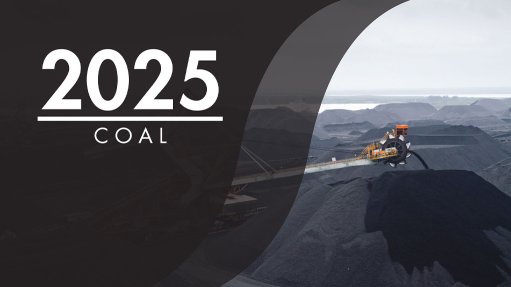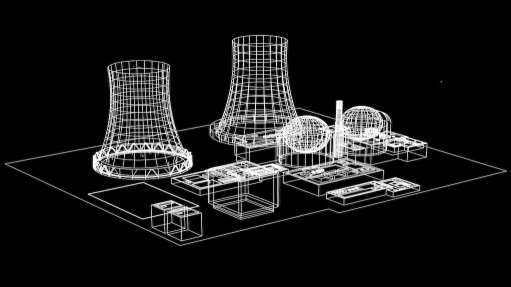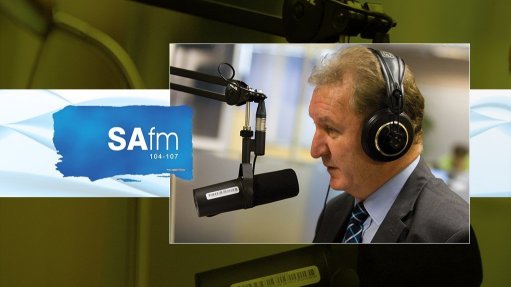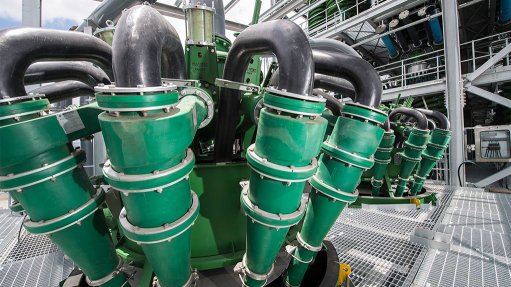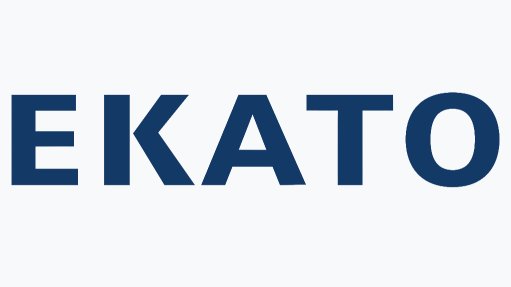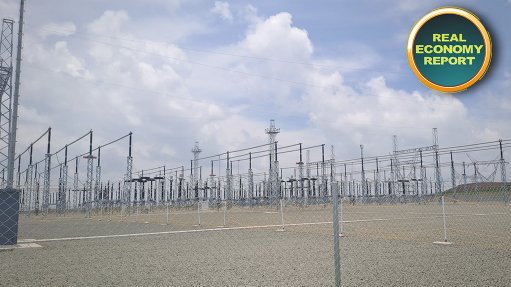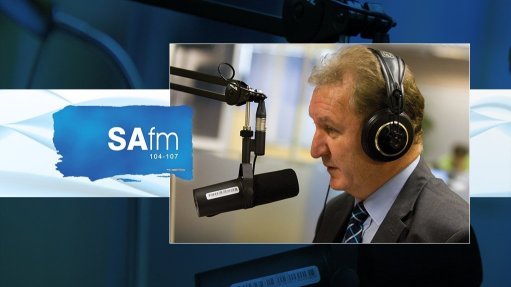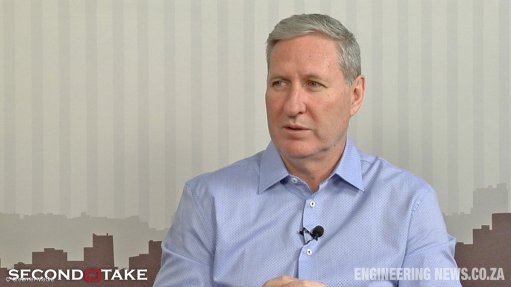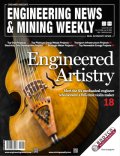Firm outlines evolving dust control framework



DAVIDE BISHOP Stakeholder engagement, especially with host communities, is likely to become a key component of dust management plans, particularly in light of the stipulations of the National Environemtal Management Act (NEMA), including the duty of care and the polluter pays principle
ETHAN GIBBON Non-compliance with the Draft Control Regulations may result in conditions being imposed under Atmospheric Emission Licenses or Environmental Authorisations, owing to proposed integration with environmental authorisations and licensing
The cumulative health effects of prolonged dust exposure, including respiratory and cardiovascular diseases, have now positioned dust as a serious environmental and occupational hazard, resulting in increasing regulatory frameworks around the issue, highlights environmental and mining law firm Bishop Fraser.
Mining activities generate a range of particulate emissions, commonly described as “dust”. Historically, fugitive dust from mining was viewed as a nuisance issue rather than a regulated pollutant, however, this has changed drastically.
With public scrutiny intensifying, it is increasingly important for operators to adopt transparent reporting practices.
“Stakeholder engagement, especially with host communities, is likely to become a key component of dust management plans, particularly in light of the stipulations of the National Environmental Management Act (NEMA), including the duty of care and the polluter pays principle,” Bishop Fraser founding partner Davide Bishop explains.
The trend toward enhanced air quality governance is not limited to the mining sector, with other industrial sectors – such as waste management, biomass energy, and cement production – also subject to evolving regulatory oversight. However, because mining often occurs in proximity to vulnerable communities, it remains a flashpoint for environmental justice litigation.
In this context, civil society groups such as GroundWork and the Centre for Environmental Rights have increasingly turned to litigation to enforce compliance with the National Environmental Management: Air Quality Act (NEM: AQA), sometimes succeeding in compelling the Minister or local authorities to take stronger enforcement action. These developments underscore the increasing use of the courts to drive environmental reform.
For example, the Supreme Court of Appeal decision in Minister of Environmental Affairs vs GroundWork Trust and Others confirmed the State’s duty to act on air pollution under Section 24 of the Constitution. Civil society has also used litigation to hold both regulators and polluters accountable for dust-related harm. This has resulted in a trend towards more rigorous air quality management paving the way for the new draft dust control regulations.
For mining companies, the message is clear: proactive compliance is both good environmental practice and a legal safeguard.
A Regulatory Overview
Dust emissions from mining operations are regulated under NEM: AQA and the National Dust Control Regulations. These regulations introduced the concept of “acceptable dustfall rates”, monitored in accordance with South African National Standard (SANS) 1137, and placed obligations on operations to measure, manage and report dust emissions through a dustfall monitoring programme.
However, after more than a decade in effect, these regulations are being retooled. The Draft National Dust Control Amendment Regulations (Draft Dust Control Regulations), published on May 16, 2025, mark a significant shift in both the application and enforcement of dust control law, with mining companies among the industries most affected.
The application of these regulations, once they come into effect, will be expanded to dust-generating activities without listed activities, and the amendments remove the restriction that previously applied the dust regulations only to ‘listed activities’ under NEM: AQA. They now apply to any person undertaking a dust-generating activity, irrespective of whether the activity is listed in terms of Section 21 of NEM: AQA.
With tighter compliance frameworks to be introduced, the amendments will enhance reporting obligations, including the submission of Dust Management Plans, and enforce compliance with SANS 1137.
Enforcement mechanisms will be strengthened as compliance notices, administrative penalties, and criminal sanctions may be imposed.
“Noncompliance with the Draft Dust Control Regulations may result in conditions being imposed under Atmospheric Emission Licences or Environ-mental Authorisations, owing to proposed integration with environmental authorisations and licensing,” Bishop Fraser senior associate Ethan Gibbon highlights.
Implications
In light of the Draft Dust Control Regulations, companies must now reassess and upgrade their dust control systems. This includes dustfall monitoring infrastructure such as Internet-of-Things-enabled samplers, automated reporting, high-efficiency filters and scrubbers in processing facilities, water-based and chemical suppression systems for haul roads and stockpiles, as well as the integration of real-time data with air quality management and legal compliance systems. In the new legislative context, the use of outdated or blanket approaches is unlikely to meet future compliance standards.
Looking Forward
Technological solutions, comprising certified extractors, modular filtration, and predictive maintenance, must be backed by strong legal compliance frameworks. Under NEM: AQA and the NEMA enforcement framework, directors may face liability for noncompliance.
The Draft Dust Control Regulations signal a shift from broad ambition to regulatory precision. Companies should act proactively, engaging technical and legal experts now. Dust control is no longer merely a technical issue, it is a legal and reputational imperative, says Bishop Fraser.
Article Enquiry
Email Article
Save Article
Feedback
To advertise email advertising@creamermedia.co.za or click here
Comments
Press Office
Announcements
What's On
Subscribe to improve your user experience...
Option 1 (equivalent of R125 a month):
Receive a weekly copy of Creamer Media's Engineering News & Mining Weekly magazine
(print copy for those in South Africa and e-magazine for those outside of South Africa)
Receive daily email newsletters
Access to full search results
Access archive of magazine back copies
Access to Projects in Progress
Access to ONE Research Report of your choice in PDF format
Option 2 (equivalent of R375 a month):
All benefits from Option 1
PLUS
Access to Creamer Media's Research Channel Africa for ALL Research Reports, in PDF format, on various industrial and mining sectors
including Electricity; Water; Energy Transition; Hydrogen; Roads, Rail and Ports; Coal; Gold; Platinum; Battery Metals; etc.
Already a subscriber?
Forgotten your password?
Receive weekly copy of Creamer Media's Engineering News & Mining Weekly magazine (print copy for those in South Africa and e-magazine for those outside of South Africa)
➕
Recieve daily email newsletters
➕
Access to full search results
➕
Access archive of magazine back copies
➕
Access to Projects in Progress
➕
Access to ONE Research Report of your choice in PDF format
RESEARCH CHANNEL AFRICA
R4500 (equivalent of R375 a month)
SUBSCRIBEAll benefits from Option 1
➕
Access to Creamer Media's Research Channel Africa for ALL Research Reports on various industrial and mining sectors, in PDF format, including on:
Electricity
➕
Water
➕
Energy Transition
➕
Hydrogen
➕
Roads, Rail and Ports
➕
Coal
➕
Gold
➕
Platinum
➕
Battery Metals
➕
etc.
Receive all benefits from Option 1 or Option 2 delivered to numerous people at your company
➕
Multiple User names and Passwords for simultaneous log-ins
➕
Intranet integration access to all in your organisation







